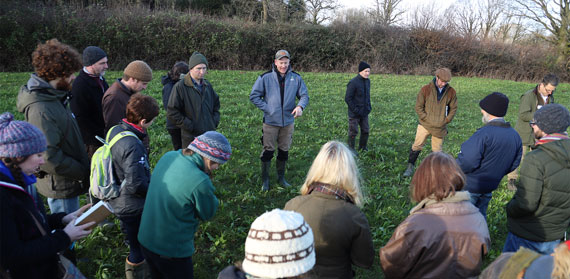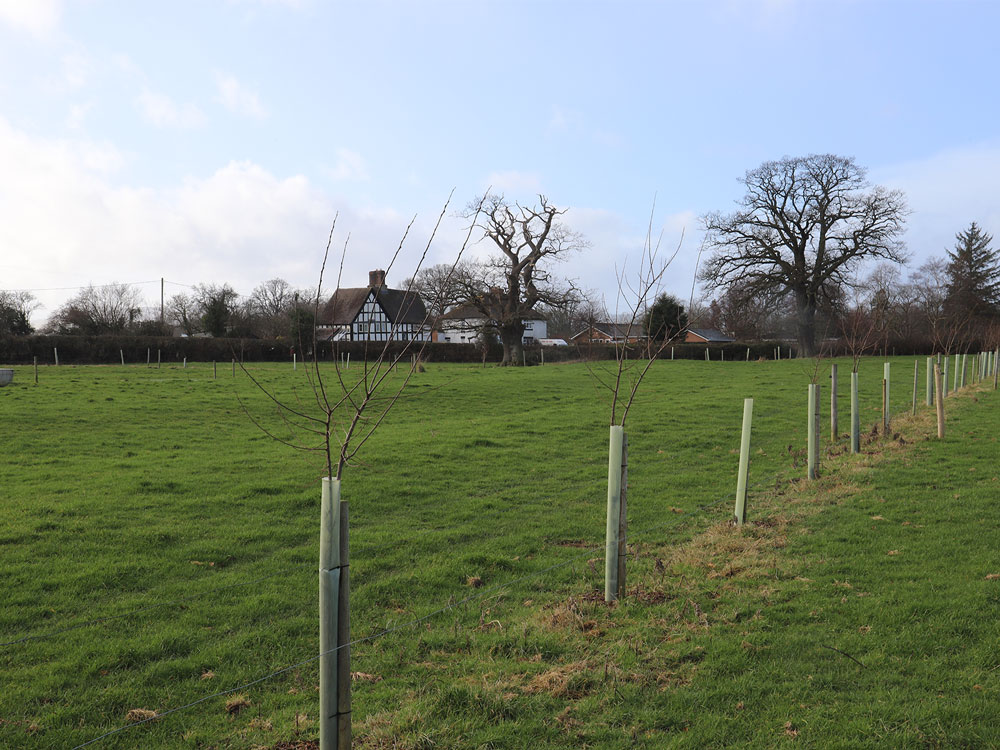Guest post by Fernando Pellegrini, Centre for Agroecology, Water & Resilience
I’m Fernando Pellegrini, a third year PhD candidate at the Sant’Anna School of Advanced Studies, Pisa, Italy. My PhD deals with Agroecology: the science, practice and movement of agri-food systems. I have a background in agronomy and social sciences. My PhD is studying intercropping, the simultaneous cultivation of two or more crops in the same surface (Figure 1).
Intercropping is a practice of mixed cultivation, where two or more crops interact for a significant part of their life time, and it is generally considered an agroecological alternative to monoculture. Adoption of this practice among Italian farmers is still rare, and my PhD tries as well to understand the socio and economic reasons behind innovation adoption, and how experiential learning can help in this process. I’m doing this by using a methodology called Participatory Learning and Action Research.
I’ve been at CAWR for four months to take part in activities related to mixed farming and farmers’ engagement, and to integrate the insights derived from these experiences into my PhD thesis.
On January 25th, I took part in the Trees and livestock event at Longnor Village Hall. Here I was able to see with my own eyes how mixed farming is done in practice. Specifically, the farmer has planted tree rows within the pastures, to allow the cows to benefit from the shade in the summer, and to eat tree leaves as a natural healing process. This technique is called agroforestry, where tree crops are mixed with plant crops and possibly animals. We also had a participatory event after the visit, where participants were able to define the current agroforestry research needs according to their own experience.
On February 15th 2018, I took part in a similar event called Trees and Arable Event, where we visited an arable farm that has introduced trees with a different aim. The farmer grows apple trees next to his wheat fields in order to protect the arable crops from the wind, and to obtain an additional form of farm income. Again, after the field visit, we had the chance to discuss with the participants what they think of agroforestry, and what they think the research priorities are. I was able to facilitate one of the group discussions, and to understand how participatory meetings can be managed successfully.
I’ve integrated in my PhD thesis the insights come out of these two meetings, and it was interesting to compared to dynamics of the participatory meetings with what I usually experience in Italy.






Comments are disabled